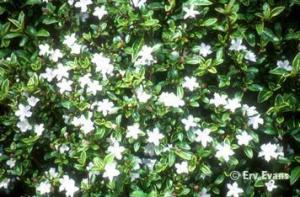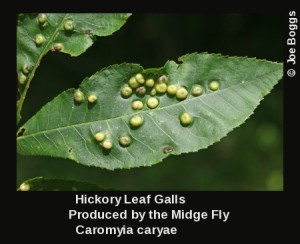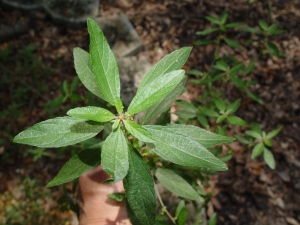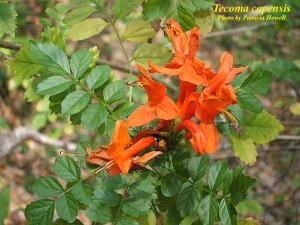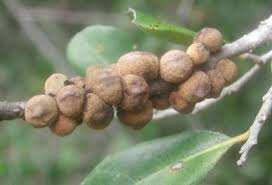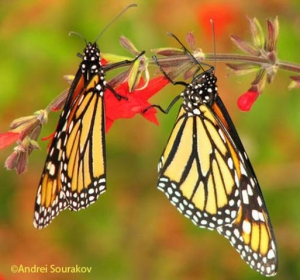A: I was glad you were able to show me a close-up photo of this plant. Although it took me a little while to remember it, I finally realized the shrub was Japanese serissa or Yellow rim, Serissa foetida. It can be grown in cold hardiness zones 7-9, which means anywhere in Nassau County, Florida. Generally, it is classified as a semi-evergreen with small white flowers appearing in the spring. Sadly, the flowers have no fragrance. The small green leaves have a thin outline of yellow – which is where it gets the common name Yellow rim. It can be grown in most any type of well-drained soil in full sun to partial shade. It would be considered a dwarf shrub as it reaches heights of only 3-4 feet with the same size spread. However, it has a tendency to sucker similar to yaupon holly. This means you may need to occasionally clip it at the bottom to keep the suckers in check. It truly has no serious insect or disease issues if NOT over-fertilized or over-watered. This means it should not be in the pathway of any irrigation system. Once it is established – usually just a few months – it is practically care-free. Japanese serissa shrubs make a nice backdrop for perennials such as African iris, coneflower or yellow bulbine. We will have a few of these shrubs at the spring sale on Saturday, May 7 from 9am to noon at the James S. Page Governmental Complex. Remember these plant sale funds are used to provide us with professional development and help us maintain the two demonstration gardens. Please come out and support us – see you there.
Monthly Archives: April 2016
Q: What are these growths on my pignut hickory leaves? I think they are insects and they are chewing my leaves
A: I appreciate you bringing in samples of the growths as this helped me identify the problem more easily. Actually, these growths are most likely an insect gall. Galls are formed when the female insect places an egg in the leaf tissue and then the plant forms a protective coating around the egg. The egg then goes through its normal growth stage from egg to larvae then pupae exits out of the gall as an adult. Generally, these galls cause few problems for the plant and in some instances, the galls support beneficial insects. I believe the chewing you are seeing on the leaf edges is caused instead by a caterpillar such as the eastern tent caterpillar. Eastern tent caterpillars can be seen in of our area in April – right now! Just poke holes in the caterpillar webbing and the birds and wasps will take care of the caterpillars for you.
Q: What is the name of this weed?
A: Thank you so much for bringing in a sample to the office during the plant clinic session. This is one of those plants where some people call it a weed and others call it a wildflower. Acalypha virginica, Three-seed mercury plant, is a native annual and we here in Nassau County, Florida will begin to see it popping up in the wooded and wildlife areas in April. It belongs to the spurge family although it does not always display the white, milky latex fluid in its stems commonly found in other spurge weeds and wildflowers. The flowers of Three-seed mercury or Virginia copperleaf bloom in June and July but they are very, small and pale red in color – not very showy although some experts will disagree with me. Three-seed mercury plants grow in partial shade and will not tolerate full, afternoon sun. This wildflower has been located in some wetland areas but I have found it in my yard and you know my landscape is not a wetland! Three-seed mercury is a food source for large and small mammals as well as water and terrestrial birds. Three-seed mercury is commonly found from Canada to Florida and as far west as California.
Q: What can you tell me about cape honeysuckle?
A: Cape honeysuckle, Tecoma capensis, originates from the Cape of Good Hope region of South Africa. This plant might be a little tender here as it prefers cold hardiness zones 9b – 11. Remember, Nassau County Florida is generally classified as being in zones 8b – 9a. This means, if we get typically cold temperatures in the winter – this plant might not survive. Cape honeysuckle shrub puts out a cluster of deep orange flowers in the spring through the fall. Treat as vine with support but it can be pruned into shrub form. This plant can attract hummingbirds and butterflies. The cultivar, ‘Apricot’ is smaller and more compact with orange flowers. ‘Aurea’ has yellow flowers. You might consider planting a trumpet vine, Campsis radicans, instead of the cape honeysuckle as trumpet vine plant can be grown in zones 4b -10a. Trumpet vine is also a Florida native and it also attracts hummingbirds. Like many vines, trumpet vine flowers best in a full sun location. It grows but flowers poorly in a shaded location. It will do fine in any soil except those kept continually wet and flooded.There are several cultivars: ‘Atropurpurea’ – large, dark red flowers; ‘Speciosa’ – bushy growth habit; ‘Flava’ – yellow flowers; ‘Praecox’ – blooms earlier.
Q: What is wrong with my oak tree?
A: Thank you for bringing samples of your oak tree into the plant clinic. These small structures on the stem are called bullet galls. These growths are caused by a very tiny female wasp, Disholcaspis quercusvirens, placing an egg into the stem. The plant actually forms tissue around the egg, which develops into the gall. The egg pupates inside the gall and when it is fully developed it cuts an exit hole into the gall. The bullet galls have a sugary exudate that attracts stinging insects and ants from late summer to fall. In the home landscape, these galls are of little economic value. However, if these galls are formed on trees grown in the nursery then they can become a huge economic reduction. Chemical pesticides are generally applied during December for moderate control. Light pruning to remove stems may also prove beneficial.
Q: How long do butterflies live?
A: The life span of butterflies varies according to the butterfly. Larvae generally live longer than the adults. The longest life spans are associated with the migrating Monarchs, Mourning Cloaks, and some moths which can live for about 6 to 12 months. The caterpillar of the monarch butterfly feeds only on milkweed. The caterpillar of the mourning cloak feeds in groups on the leaves of deciduous trees, including the willow, elm, hackberry, cottonwood, poplar, rose, birch, hawthorn, and mulberry. The adult mourning cloak butterfly feeds on tree sap and rotting fruit. It may also eat nectar from flowers. The shortest butterfly life spans are found among the Coppers and Small Blues butterflies which live in their adult state for only a few days!

